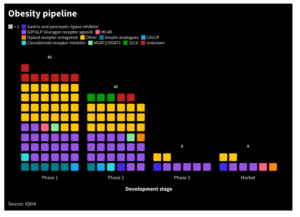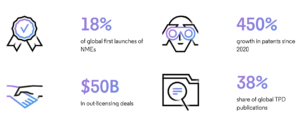Liquid biopsy: size matters
A new method developed by Swiss, Danish and British researchers allows to detect hard-to-trace tumour-derived DNA in the blood (or ctDNA).
Usually, tumour DNA in blood is outnumbered by much larger quantities of noncancerous DNA. The novel method developed by Francesco Marass from ETH Zürich and co-workers circumvents the problem: it makes use of differences in the size of ctDNA fragments, rather than genomic changes in ctDNA. c
Previous research has shown that fragments of circulating DNA from fetuses can be distinguished from maternal DNA because of their shorter lengths. Taking inspiration from this discovery, the researchers used deep whole-genome sequencing to survey the sizes of ctDNA fragments in 344 plasma samples from 200 cancer patients. They found that focusing on fragments between 90 and 150 base pairs long improved detection of ctDNA from patients with brain, renal and pancreatic cancer.
Furthermore, analysis of size-selected cfDNA identified clinically actionable mutations and copy number alterations that were otherwise not detected. Identification of plasma samples from patients with advanced cancer was improved by predictive models integrating fragment length and copy number analysis of cfDNA. The authors say that size selection could have an impact on the detection of other types of DNA in body fluids.


 IQVIA
IQVIA White House
White House Clarivate
Clarivate